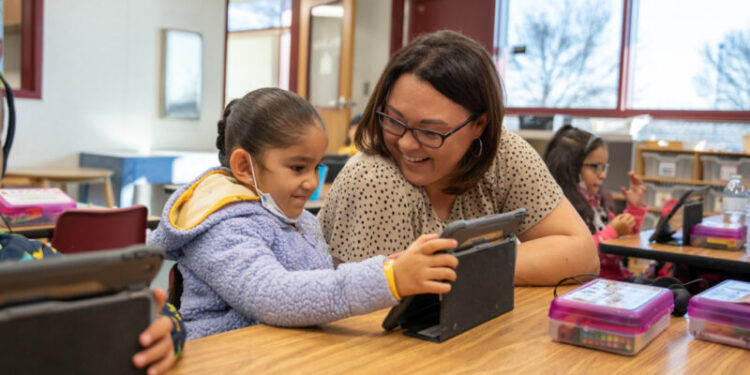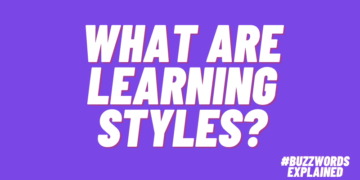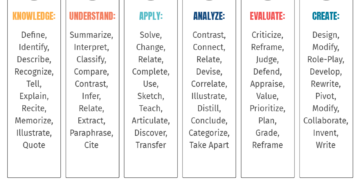By Isabel Andrade Moreano, Principal Product Manager, Khan Academy Kids

When we launched Khan Academy Kids, we were focused on building a delightful learning product for children in English-speaking homes. But something unexpected happened. Parents and teachers in both the US and abroad began using our app to help children learn English.
This organic adoption makes sense. Our app is designed for children as young as two—an age when every child is a language learner. Whether a child is learning English as their native language, as a second language (ELL), or as a foreign language (EFL), the fundamental journey is similar.
The science behind this universal language-learning capacity is fascinating. As Dr. Pat Kuhl explains in her seminal TED Talk, young children are born with the remarkable ability to distinguish all the sounds of all languages before their first birthday. This unique capacity makes early childhood a critical window for language learning, as children’s brains adapt to linguistic input in ways that adult brains simply cannot.
Recognizing this natural alignment between early childhood development and language acquisition has inspired us to double-down on the core features that make Khan Academy Kids an accessible learning platform for all children, regardless of the language spoken at home.
Designed for Pre-Readers
We’ve created an intuitive, visual interface that minimizes written language in favor of clear, child-friendly icons and animations. A tap on the play button opens a personalized learning path, while the book icon reveals a rich library of activities. Every text element in the app is interactive, allowing children to hear instructions read aloud with a simple tap.
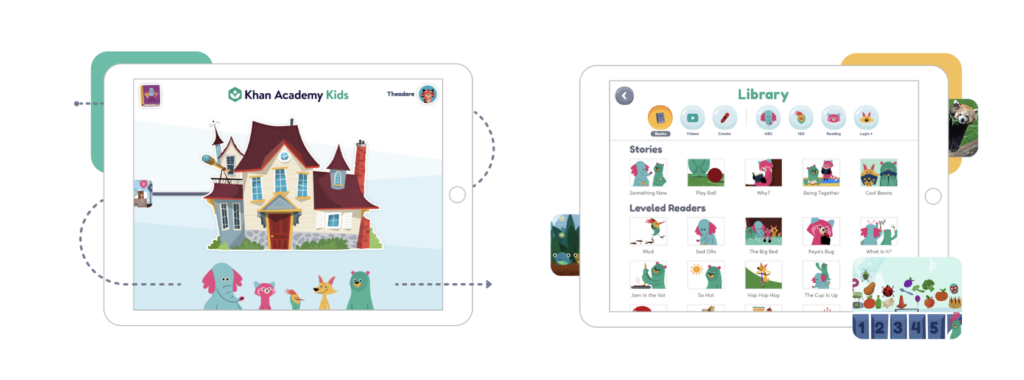
How We Support English Language Acquisition
An Expressive Guide Character
Research underscores the significance of gestures in early learning. Research by Iverson and Goldin-Meadow demonstrates that gestures can pave the way for language development, serving as a bridge between thought and spoken language. This is why, at the heart of our visual communication strategy, is Kodi Bear, our expressive guide character who brings learning to life through intuitive gestures.
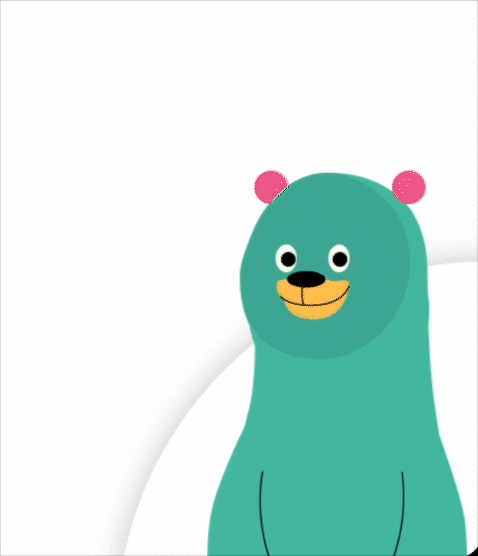 Kodi Bear celebrates when children answer a question correctly.
Kodi Bear celebrates when children answer a question correctly. 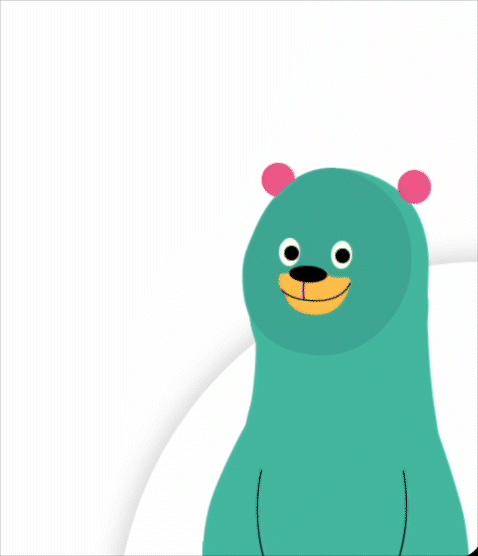 Kodi Bear encourages children to try again when they answer incorrectly.
Kodi Bear encourages children to try again when they answer incorrectly.
When children succeed, Kodi celebrates with them—jumping with excitement, raising her hands, and smiling. These animated reactions pair with verbal praise like “yay!” and “that’s right!” to create moments of playful reinforcement. Similarly, when learners face challenges, she encourages thinking through thoughtful gestures—bringing a paw to her chin or pointing to her head–and gentle prompts.
Auditory Feedback
In addition to Kodi Bear’s reactions, we also use audio for immediate feedback. Correct answers trigger a cheerful “ding” while incorrect ones prompt a gentle “bong”—sounds chosen to communicate right and wrong in a way that is language agnostic.
Step-by-Step Animations
When children encounter complex tasks or need help, animated walkthroughs demonstrate the correct approach step by step, transforming moments of confusion into learning opportunities.
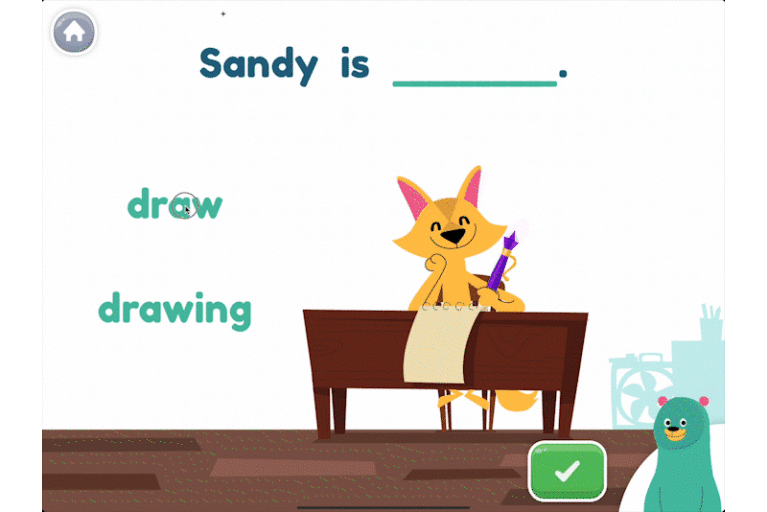 When a child needs extra help, an animated walkthrough shows them how to answer the question.
When a child needs extra help, an animated walkthrough shows them how to answer the question.
A Visual Reward System
When learners answer correctly on their first attempt, colorful sparkles dance across the screen toward a delivery truck in the corner. These sparkles accumulate through successful learning activities, eventually bringing the truck to town with presents for the app’s characters. Without relying on written or spoken English, this visual reward system provides clear feedback on progress.
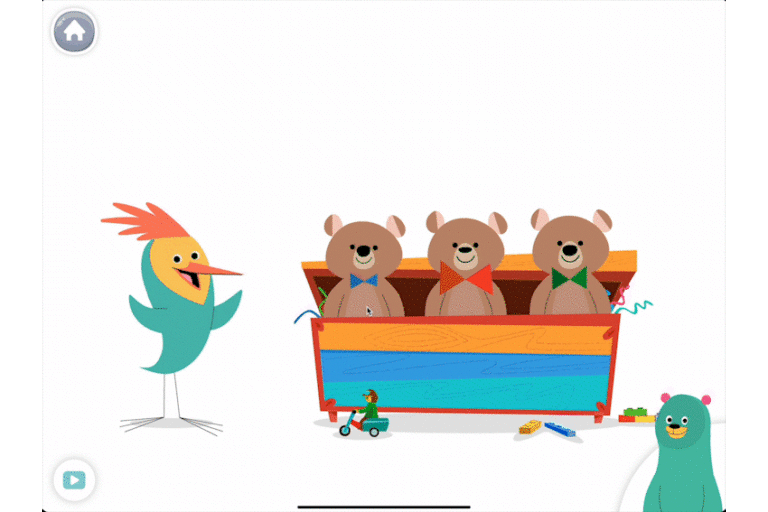 Sparkles dance across the screen toward the delivery truck when a child answers correctly on their first try.
Sparkles dance across the screen toward the delivery truck when a child answers correctly on their first try.
These thoughtful design choices have made Khan Academy Kids accessible to young learners worldwide, regardless of their primary language. As we continue to develop our platform, we remain committed to creating features that support all children in their learning journey. Download Khan Academy Kids today to see how our visual-first approach helps young learners thrive.

